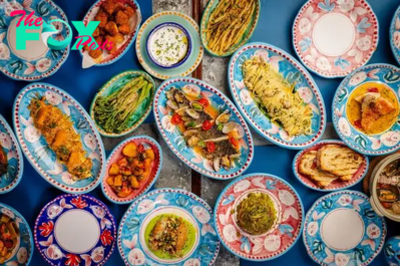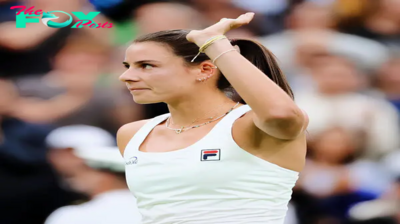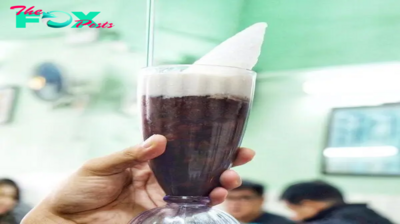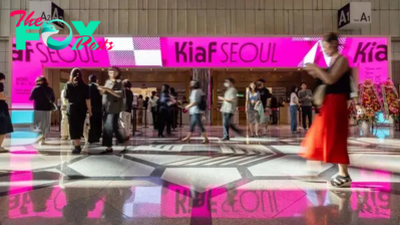Lifestyle
Kiaf Seoul 2024: All You Need to Know About Korea’s Biggest Art Fair
Kiaf Seoul is back with its biggest fair to date. Ahead of the event, Prestige talked to director EUNICE JUNG and special exhibition curator SEUNGAH LEE.
Kiaf Seoul returns to the Korean capital next month, bringing together 207 galleries from around the world in its biggest-ever event. Since 2002, the fair has aimed to bridge the gap between the Korean art scene and the global art market. And after a few years of Covid dispruption, the fair seems to be firmly back on track, with this year’s edition featuring 36 galleries that will participate for the first time, from cities that include Bangkok, Beijing, London, Madrid, New York, Rome, Sydney, Tehran and Tokyo.
Of course, with more than 130 domestic galleries taking part, the fair will also provide a lens into the diversity of Korea’s burgeoning art scene. Taking place at Seoul’s COEX from September 5 to 8, with a VIP preview on September 4, Kiaf Seoul will be held alongside Frieze Seoul, ensuring the city is the place to be for the art-world A-list.

Following a series of expansions in recent years, including the partnership with Frieze, the debut of the Kiaf PLUS section, the introduction of special exhibitions and a new floorplan incorporating COEX’s Grand Ballroom, the 2024 fair is making a concerted effort to elevate its quality. It also marks the debut of a second-floor exhibition space utilising The Platz, an area within COEX that hasn’t hosted exhibitions in 20 years. “This expansion has allowed us to increase the fair’s footprint by around 2,315 square metres, while carefully managing the number of participating galleries to optimise the quality of viewing experience,” explains Kiaf Seoul director Eunice Jung.
Special exhibition curator Seungah Lee is further elevating this year’s fair with the Kiaf onSITE: Invisible Transitions programme. Unlike traditional art fairs, where artworks are typically confined to designated booths, Kiaf onSITE features large-scale installations, VR artworks and performances.
This exhibition stands out by transforming unconventional spaces, such as corridors, emergency exits and previously unused areas, into vibrant art showcases. “One of the key reasons for setting up the special exhibition at this event is to offer ‘fresh perspectives and special moments’ while experiencing art,” says Lee. “This year, we’re presenting a range of innovative works that redefine how digital art is engaged with.
“The exhibition highlights new experiments that blend art and Technology, featuring collaborations across media art, performance, installation, and virtual reality. It explores the fusion of art and Technology, including innovative partnerships between humans and artificial intelligence.”
In spite of their different backgrounds and stature, it’s inevitable that comparisons are made between Kiaf and Frieze, though given its 23-year History, the former is generally regarded as the country’s leading art fair. Nonetheless, after three years of co-organisation, it’s increasingly evident that both are carving out their own unique positions. “Frieze focuses on showcasing masterpieces from mega galleries, while the emphasis at Kiaf is on driving the growth of Korean contemporary art,” Jung explains. “Kiaf achieves this by presenting the latest trends in Korean contemporary art to both domestic and international audiences through various special exhibitions and gallery content.”

Moreover – and unlike most art fairs in Korea – Kiaf Seoul operates on a non-profit basis. “Our primary goal
is to foster the growth of the entire Korean art market,” Jung says. “Our approaches complemented by various philanthropic projects organised by our association, which include programmes for developing gallerists, art appraisal education and initiatives to guide new collectors.”
While several galleries will present booths by single artists in Kiaf SOLO, Kiaf PLUS will focus on works by emerging artists and galleries. Among this year’s stand-out exhibitions are Taiwan’s JP Art Center with Chang Teng-Yuan, who uses the concept of “apocalyptic archaeology” to create a virtual narrative of the apocalypse, Madrid’s La Causa Art Gallery with Imon Boy, an anonymous graffiti artist whose work dismantles the stereotyped image of the insolent graffiti artist, and Hong Kong’s WOAW Gallery with Charlie Roberts, best known for his elongated figures and creatures with impossibly long limbs in bizarre scenarios. Seoul’s Obscura will be presenting Hodeuk Kim, a Korean master of ink-based painting whose career spans more than four decades.
Additionally, the Kiaf HIGHLIGHTS award programme enables participating galleries to nominate artists, from whose numbers 10 semi-finalists are selected by a panel of five art heavyweights. “With an emphasis on presenting new works or series created after 2023, four young artists born in the ’90s – Cheolgyu Kang (Arario Gallery), Xi’an Kim (ARTSIDE Gallery), Wonmi Seo (Laheen Gallery) and Jiwon Choi (ThisWeekendRoom) – were selected. Seeing the works of these young artists on the rise is highly recommended for any visit to Kiaf,” says Jung.
“This year, I’m particularly excited about the diverse experiences offered in the VR section, The Wonder,” says Lee. “The artworks here allow for varied modes of engagement, whether standing, sitting or lying down.
“One artist I’m especially looking forward to working with is Kat Austin from the UK. Her wearable sound performance is a fascinating concept that transforms the idea of space by allowing interaction through wearable technology.”
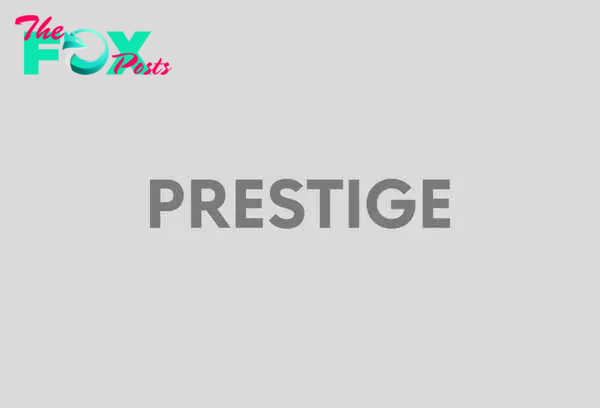
Paige Jiyoung Moon, Nap Time with Mia (2022) 
A scene from Bosul Kim’s Hyper Connection (2023) 
Artist Betty Muffler will appear at this year’s Kiaf Seoul 
Winslow Porter and Elie Zananiri, Forager (2023)
The South Korean capital’s art scene may not be as big as established international hubs such as London, Paris, New York and Hong Kong, but it’s fast catching up by focusing on the future. “Seoul’s art scene has undergone significant transformation in recent years,” says Lee. “One of the most notable changes has been the increased prominence of digital art, accelerated by the pandemic. The demand for digital art and virtual spaces has expanded, supported by various cultural initiatives, and a burgeoning domestic market for digital art and NFTs.”
Additionally, Lee believes international exchange programmes have become more vibrant. “The presence of collaborative art fairs, like Kiaf x Frieze, has also increased the frequency of overseas galleries and artists visiting Seoul,” she says.
Jung agrees, believing that Seoul’s art market, which experienced rapid growth after the recent pandemic, has recently undergone a period of adjustment. “Several factors have contributed to the scene’s expansion, including the rise of the online market, the iNFLuence of Celebrity collectors such as RM of BTS, and the widespread use of Instagram,” she says. “These developments have significantly broadened the scene’s base, making it more accessible and inclusive, which is very encouraging.”
However, what goes up, often must come down. “During this period, some individuals who viewed contemporary art solely as an investment without appreciating its public and aesthetic value have realised that it doesn’t yield quick profits and have consequently turned away,” Jung explains. “This shift highlights a transitional period, where the market is adjusting and maturing after a phase of rapid expansion.”
When it comes to luxury goods, South Koreans are notably extravagant. By 2012, they’d become the biggest spenders in the world, even surpassing the United States. “The rapid growth of the luxury market can be attributed to several factors, including the accumulation of disposable income, the expansion of online channels and shifting values,” Jung says. “Additionally, the demographic enjoying luxury goods is increasingly younger, a trend that mirrors global patterns.
“This phenomenon is also reflected in the art market, where we see a similar trend of a younger clientele. The perception of artworks has shifted from being solely objects of appreciation and possession to also being seen as investments. This shift is iNFLuenced by Celebrity collectors, the rise of Instagram and broader market accessibility.”

Jung believes younger collectors, particularly the so-called MZ generation born between the 1980s and 2010s, is playing a significant role in this expansion. The market, which had previously hovered around 400 billion won (about HK$2.26 billion), surged to 756.3 billion won in 2021 and surpassed 1 trillion won for the first time in 2022. “The MZ generation, raised in a culturally advanced environment with easy access to diverse cultural and global information, exhibits a high level of knowledge and sensitivity to cultural content,” says Jung. “For them, international recognition and growth potential are crucial factors in their art purchases.”
While mega art fairs like Kiaf and Frieze will certainly make Seoul the art world’s hot spot next month, the city is aiming at an even higher profile in the long term. “International art exchanges, coupled with the dynamic growth of Seoul’s art market, have positioned the city as a prominent art destination on the global stage, attracting interest from around the world,” says Lee.
While the “K-something” epithet might already seem clichéd, the global fascination with Korean music, films, dramas and artists is undeniable. Yet when it comes to Korean art specifically, Jung believes there’s still work to be done. “Although Korean artists are gaining more international visibility, they often don’t receive the same level of attention as K-pop or K-drama,” she says. “This growing global fascination with Korean culture is a source of pride, and it highlights the potential for Korean art to capture an even broader audience. We’re seeing increased interest and recognition, but the journey to achieving comparable global prominence for the country’s art continues.”
KIAF Seoul runs from September 4-8, 2024. You can discover the full programme here.
-

 Lifestyle12s ago
Lifestyle12s agoJason Statham: Mastering the Art of Cool with Just 2 Wet Matches!.lamz
-

 Lifestyle4h ago
Lifestyle4h ago“This Woman Had 4 Kids,” Blake Lively Shocks People in a Skin-Tight Suit
-

 Lifestyle4h ago
Lifestyle4h agoAn Unexpected Turn
-
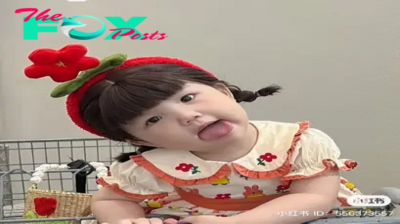
 Lifestyle5h ago
Lifestyle5h agoThe Light of Childhood: The Charm of Childhood Through Precious Moments
-
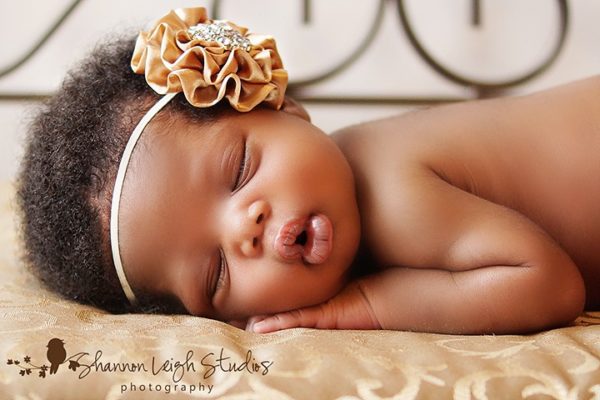
 Lifestyle5h ago
Lifestyle5h agoBeautiful moments of angels falling into a peaceful sleep
-

 Lifestyle5h ago
Lifestyle5h agoUnbounded Love: Bai Ling’s Remarkable Journey to сарtᴜгe Jason Statham’s һeагt.sena
-

 Lifestyle5h ago
Lifestyle5h agoBetween Survival and Love: How a Beauty’s Kiss Saved Action Star Jason Statham’s Life in a Moment of Peril.lamz
-

 Lifestyle6h ago
Lifestyle6h agoMemories for eras to come




